Anyway, back to food....
We haven’t eaten out a great deal. We’ve been enjoying preparing fresh, local produce and eating it at home, we can’t afford to eat out often (in terms of money and bodyweight), and anyway we’ve got a whole year to sample what’s on offer. However, we have now eaten out enough to begin to get the hang of it.
Putting it very simply, if you want a full meal you can go to a ‘restaurante’ (varieties of which include the ‘asador’ – specialising in meat – or the ‘polleria’ – specialising in chicken – or the ‘marisqueria’ – specialising in fish). Or you might go to the ‘comedor’ (dining room) which is hidden at the back of many ‘tabernas’ (pubs/bars) – often so hidden that you wouldn’t know it was there unless you had lived in the area for years - many of which serve very good traditional food very cheaply.
If you’re going out for a meal, the most important thing to know is that the best time to eat out is lunchtime, because every restaurant and comedor has a ‘menu del dia’ (menu of the day) which it serves at lunchtime and which is phenomenally good value. For instance, a couple of weeks ago I had:
· Starter: Lasagne made with fresh tuna
· Main course: Whole grilled turbot with garlic sautéed potatoes
· Dessert: a Basque trifle called ‘gosua’
· Half a bottle of decent red wine
· Half a bottle of mineral water
· Plenty of bread
for 20 euros (= £16)! And that was expensive because it was a weekend. It might have been as little as 12 euros on a weekday.
And what can you expect to eat? Well, first of all the vast majority of restaurants serve traditional Basque food, or a slightly modern take on it. There are a few Chinese, Japanese, Italian (and even German!) restaurants in Bilbao, but not many.
There are some iconic Basque dishes which are served in almost every restaurant, most of which include fish:
· the aforementioned trifle-like ‘gosua’ – cream, custard, caramel and sponge cake
· ‘cuajada’ – a sort of creamy curdy thing with caramel
· ‘natillas’ – custard and cinammon
· ‘flan’ – crème caramel
· ‘arroz con leche’ – rice pudding
· ‘crema Catalana’ – crème Brulee
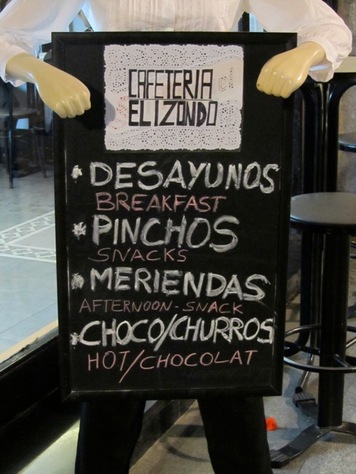
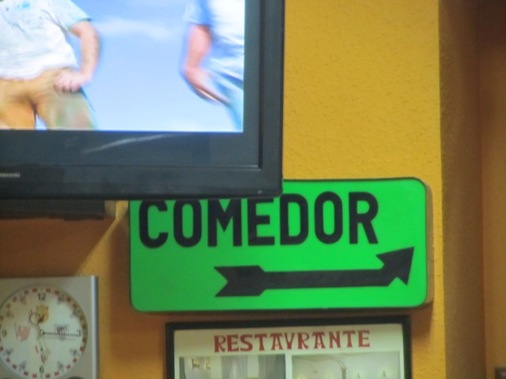
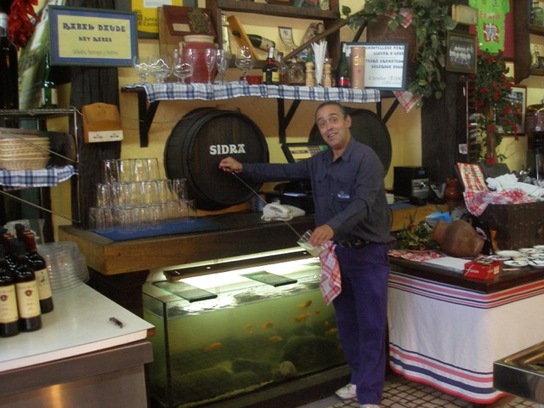
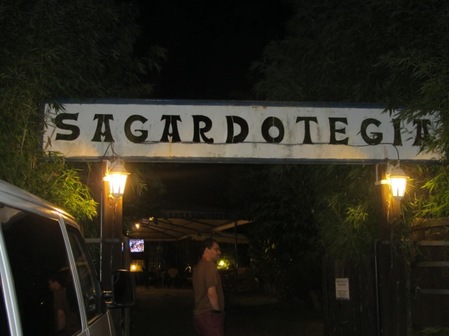
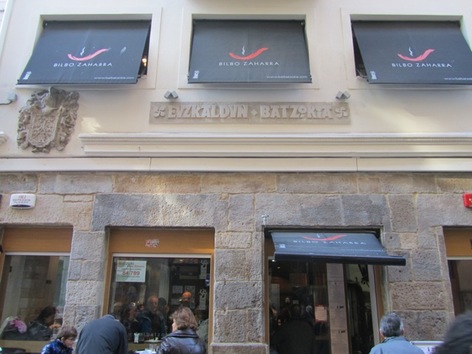
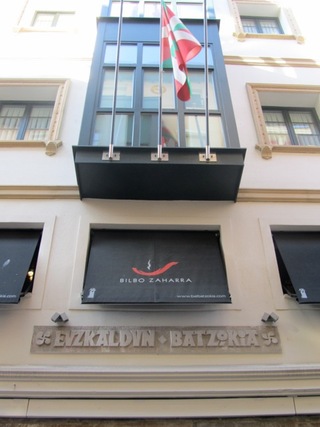
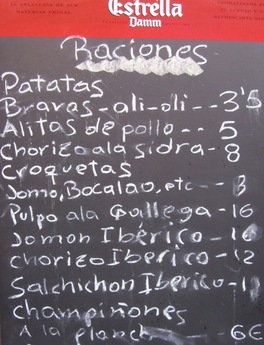
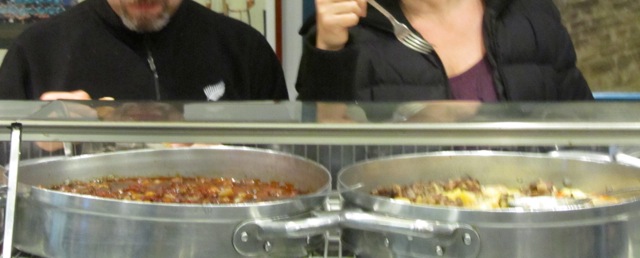
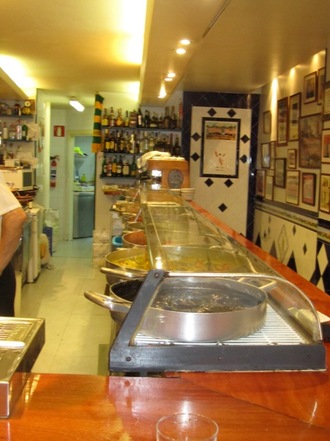
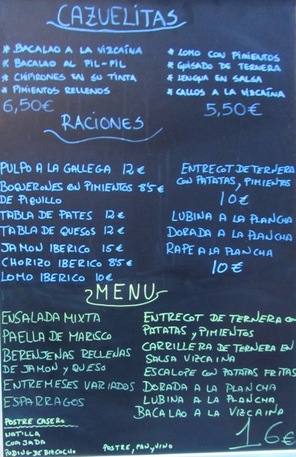
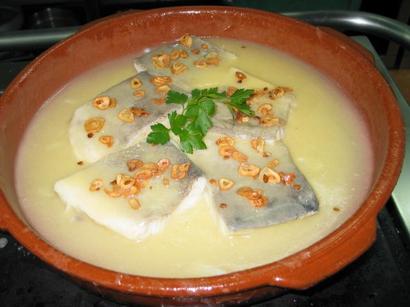
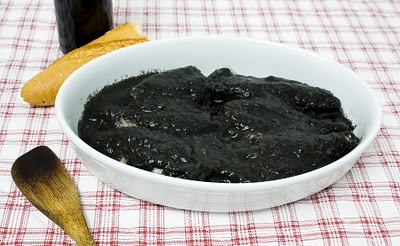
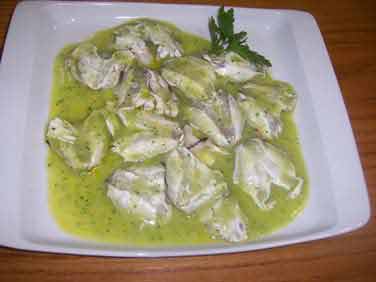
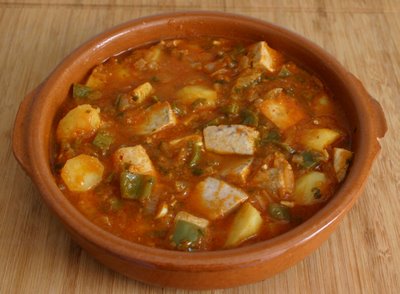
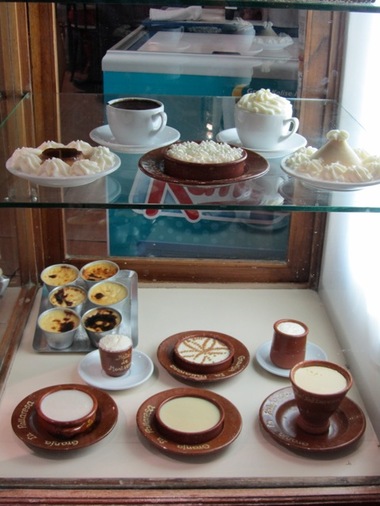
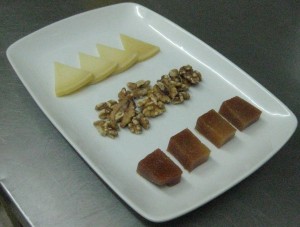
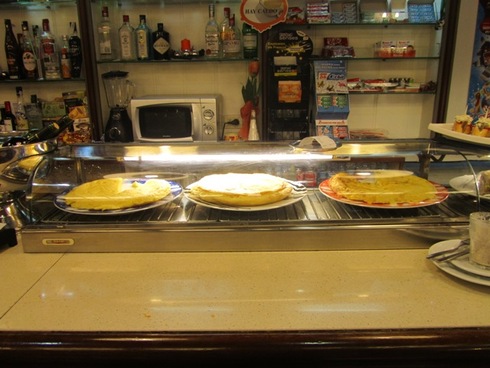
 RSS Feed
RSS Feed